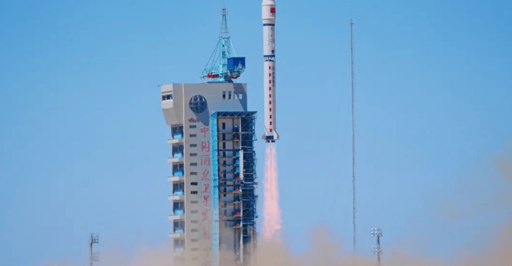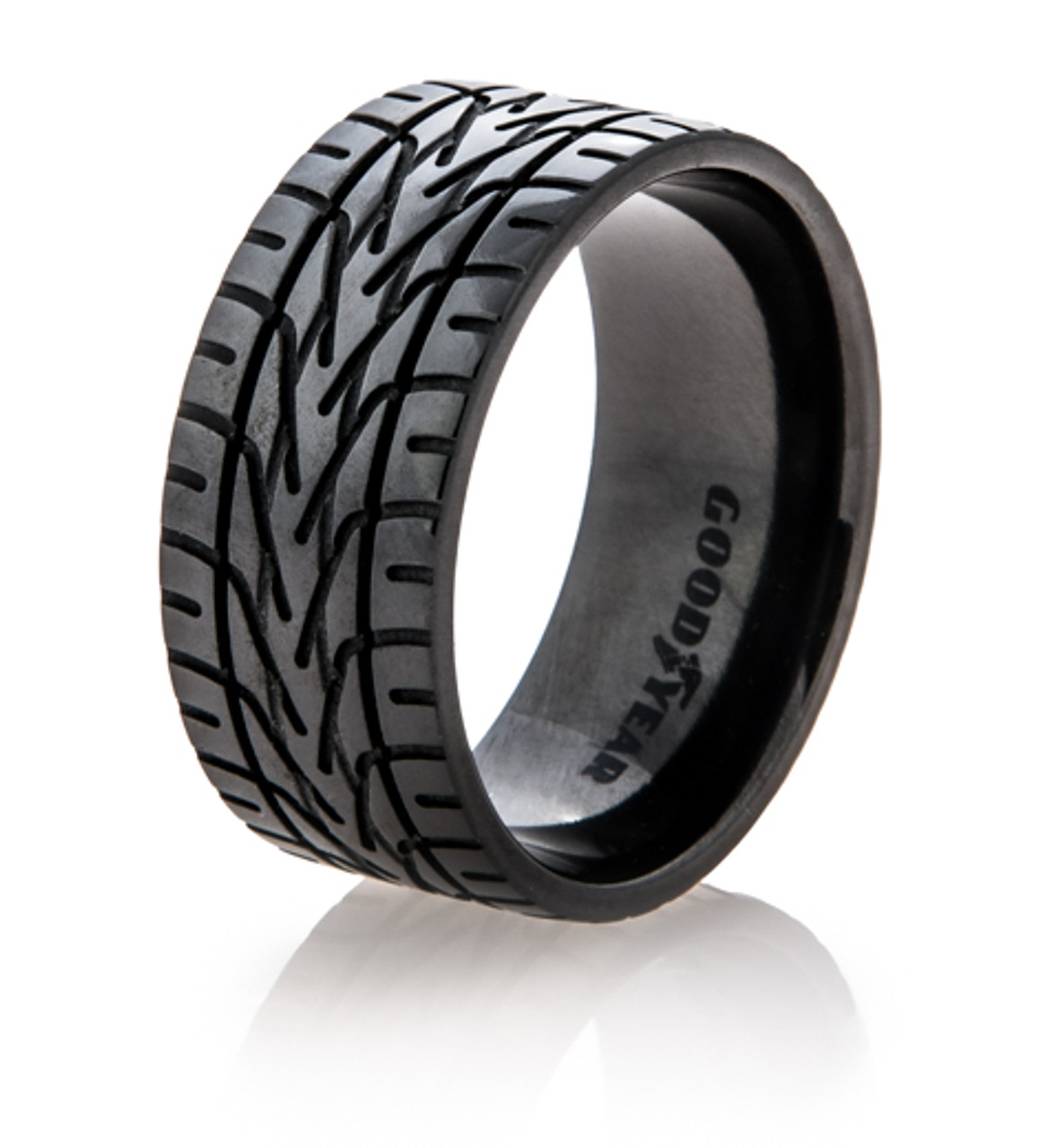What exactly are they cooling this with, because there just isnt enough atmosphere in space to vent into.
I’d guess they’ll just have big ass black body radiators oriented away from the sun.
With the will of the people… Jk, but good question.
I wonder if they’re going to harness the temperatures of space itself to keep it cooled
Space is technically cold, but only because the density of atmosphere is near zero. That means there are no molecules to absorb the heat like it would be not-in-space, so overheating is more of a problem because heat lost to radiation is slower.
I never really considered that. A heatsink in vacuum wouldn’t work very well at all. Thanks for making me think.
So bigger heatsink on the far side of the moon?
Bigger heatsink would be the target, but you gotta get it up there. On moon is not a half bad idea. Bury the heatsink and use the moon itself might be the best idea, depending on how quickly it can absorb then dissipate the heat through the righlith. The side of the moon doesn’t matter as there isn’t an actual ‘dark side’ of the moon, just a side we can’t see do to tidal locking. That side still gets the same amount of sun.
Two questions:
- Why?
The satellites are part of ADA Space’s “Star Compute” program and the first of what it calls the “Three-Body Computing Constellation,”
- Why that name? I’ve read that book series and I’m now concerned.
Something something Skynet.
Spacenet.







